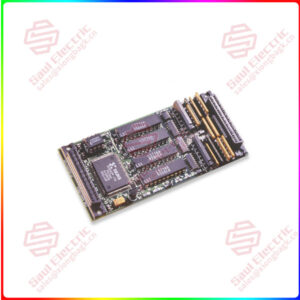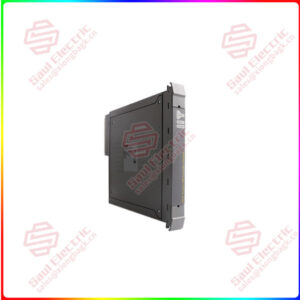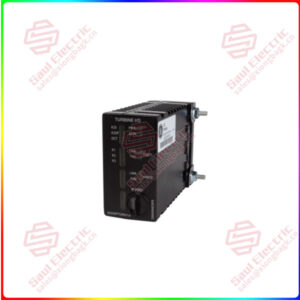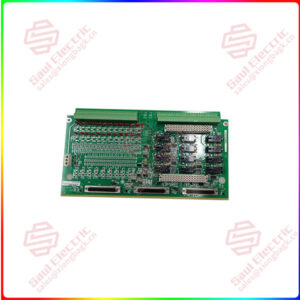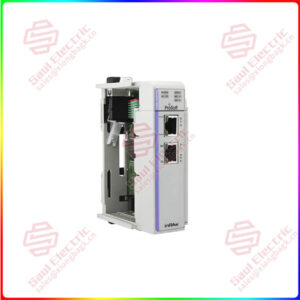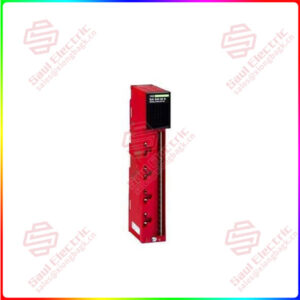Description
Overview
Essential details:T9100 AADvance Controller
The achievement of functional safety requires the implementation of the safety lifecycle whilst ensuring that persons who are responsible for any safety lifecycle activities meet the required competency levels in functional safety.
All persons involved in any safety lifecycle activity, including management activities, shall have the appropriate training, technical knowledge, experience and qualifications relevant to the specific duties they have to perform. The suitability of persons for their designated safety lifecycle activities shall be based on the specific competency factors relevant to the system application and shall be defined and recorded for each individual.
The following competence factors should be addressed when assessing and justifying the competency level of persons to carry out their duties:
• Engineering experience appropriate to the application area
• Engineering experience appropriate to the technology
• Functional safety engineering experience appropriate to the technology
• Knowledge of the legal and safety regulatory framework
• The consequences of failure of the safety-related system
• The safety requirements class of the safety-related systems
• The novelty of the design, design procedures or application
• Previous experience and its relevance to the specific duties to be performed and the technology being employed
In all of the above, the higher risk will require increased rigor with the specification and assessment of the competence.
The AADvance Controller is specifically designed for functional safety and critical control applications, it provides a flexible solution for smaller scale requirements. The system can be used for safety implemented functions as well as applications that are non-safety but still critical to a business process.
This controller offers you the ability to create a cost-effective system including but not limited to any of the following applications:
• critical process control
• fire and gas protection systems
• rotating machinery control systems
• burner management
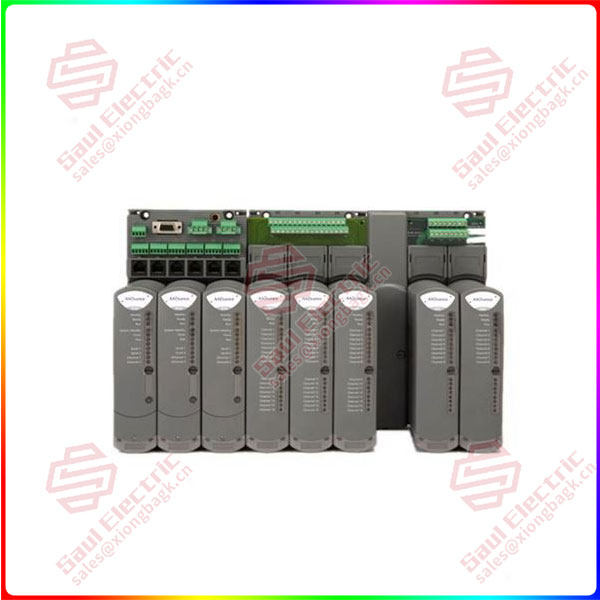
T9100
lf you need to inquire or purchase ,please send the product models to my email or call medirectly .
sunny He
[Email] sales@xiongbagk.cn
[Mobile] 86-18059884797
[WhatsApp] 86-18059884797
[Skype] sales@saulcontrol.com
T9100 AADvance Controller


 1 Year Warranty
1 Year Warranty
